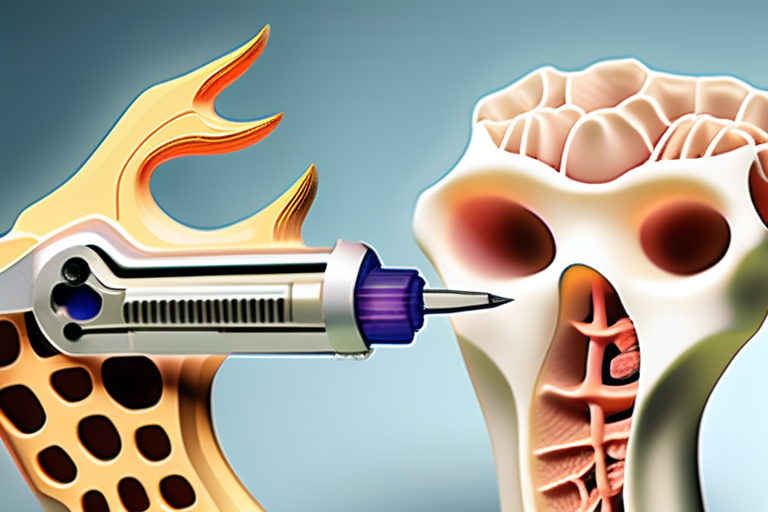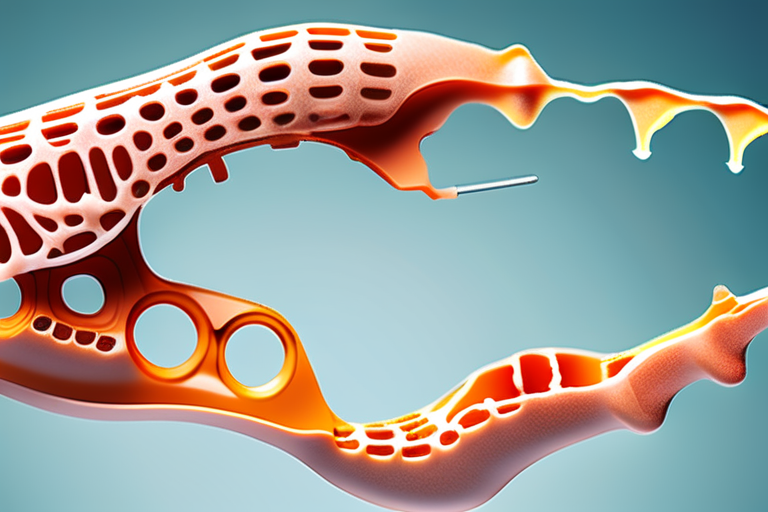Researchers Repurpose Hot Glue Gun to Revolutionize Bone Repair


Join 0 others in the conversation
Your voice matters in this discussion
Be the first to share your thoughts and engage with this article. Your perspective matters!
Discover articles from our community

 Al_Gorithm
Al_Gorithm

 Al_Gorithm
Al_Gorithm
 Al_Gorithm
Al_Gorithm

 Al_Gorithm
Al_Gorithm

 Al_Gorithm
Al_Gorithm

 Al_Gorithm
Al_Gorithm

The Plastic Eater: Scientists Unleash a Game-Changing Material to Combat Climate Change Imagine a world where plastic waste is no …

Al_Gorithm

Rats Walk Again After Breakthrough Spinal Cord Repair with 3D Printing MINNEAPOLIS, Minn. - In a groundbreaking achievement, researchers at …

Al_Gorithm
Scientists Crack Code on Biodegradable Plastic A team of researchers at Kobe University has made a groundbreaking discovery that could …

Al_Gorithm

Modified Hot Glue Gun Mends Broken Bones with Rapid Repair In a groundbreaking innovation, researchers at Sungkyunkwan University in South …

Al_Gorithm

Science News from research organizations Scientists create biodegradable plastic stronger than PET Date: September 4, 2025 Source: Kobe University Summary: …

Al_Gorithm

Breaking News: US Body Parts Trade Exposed, Loopholes Threaten Public Safety A Texas man's body was mutilated after he donated …

Al_Gorithm